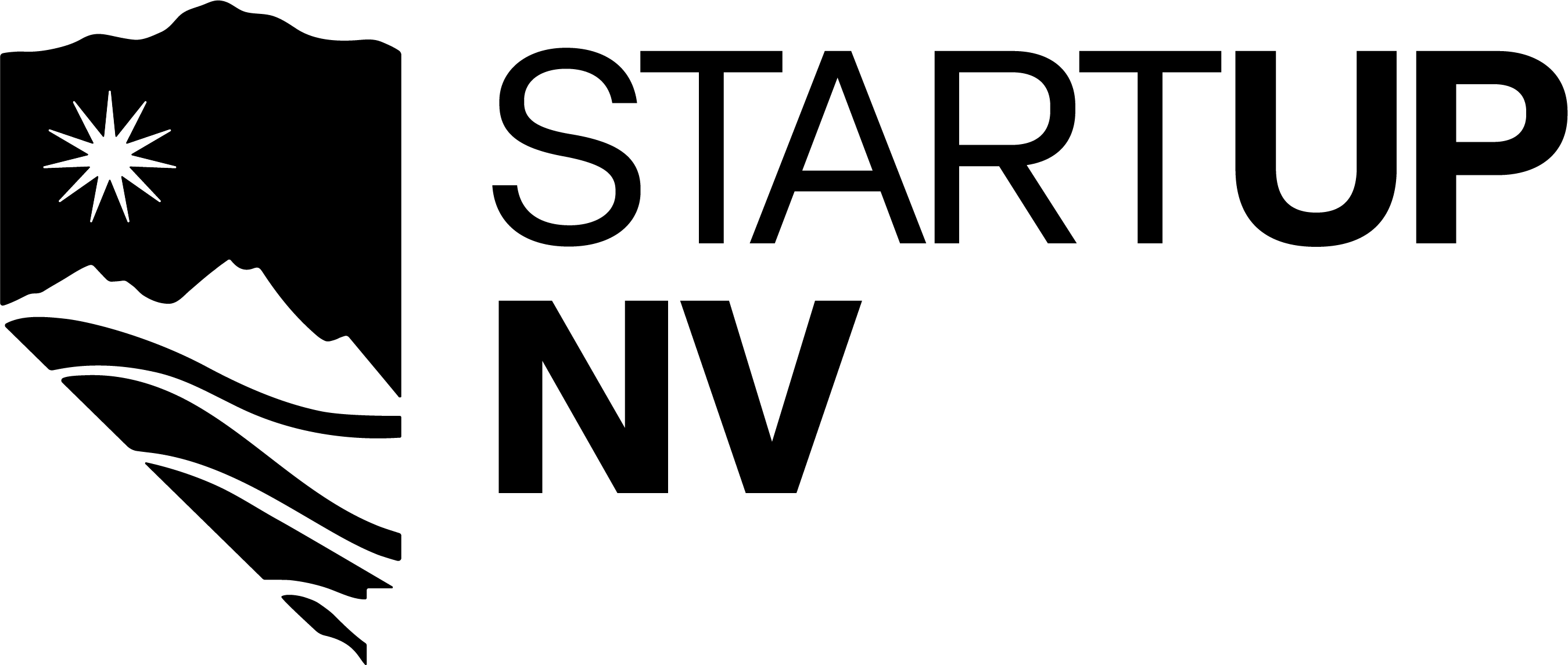What is a Go-To-Market (GTM) Strategy?
A go-to-market strategy is your startup’s plan to introduce a product or service to the right audience with the right message at the right time. It’s about more than just launching—it’s about building traction, growing awareness, and creating a repeatable path to revenue.
Think of it like this: a GTM strategy helps you avoid shouting into the void. It’s a framework for getting in front of the people who actually care, in a way that actually works.
Whether you’re entering a new market, releasing a new product, or repositioning an old one—your GTM plan is how you bring it all together.
Why You Need a GTM Strategy

The #1 mistake we see early-stage founders make? Building something cool… and assuming people will just show up.
They don’t. A GTM strategy saves you from:
- Wasted budget on the wrong channels
- Talking to the wrong audience
- Confusion inside your team
- Launching before you’re ready
It forces clarity. It answers:
- Who are we serving?
- Why do they care?
- How will they hear about us?
- What will they do next?
Key Elements of a Go-To-Market Strategy
You don’t need a 50-page slide deck. Just cover these essentials clearly and honestly:
1. Target Customers
Who are you building this for—really? Define your ICP (ideal customer profile) as specifically as you can. If you say “anyone,” your strategy’s already off track.
2. Value Proposition
Why does this matter to them? What pain are you solving? What’s your “so what?”
If you can’t say this in one sentence without jargon, go back to the whiteboard.
3. Messaging
Once you’ve nailed the value prop, translate it into messaging that resonates. This isn’t just taglines—it’s how you talk across your site, pitch deck, emails, ads, and demo.
4. Channel Strategy
Where will you find your customers, and how will you reach them?
Your choices might include:
- Organic content
- Paid ads
- Cold outreach
- Partnerships
- SEO
- Events
Choose a few—test, then double down on what works.
5. Customer Journey & Activation
Map out the steps from “I’ve never heard of you” to “I’m a happy customer.” Where are the drop-offs? What do you need to improve or automate?
6. Pricing & Offers
How will you package and price the product? What’s the first thing you’ll ask someone to buy—or try? It should feel low-friction and high-value.
7. Metrics That Matter
Track the right things—not just traffic or impressions, but:
- Conversion rate
- CAC (customer acquisition cost)
- LTV (lifetime value)
- Retention
- Activation rate
8. Number of Qualified Leads
This one deserves its own line:
If your top-of-funnel is full of the wrong people, it doesn’t matter how clever the rest of your strategy is.
Make sure your early messaging and targeting are attracting the right prospects. If you’re not getting qualified leads, revisit everything upstream.
Final Thought: Your GTM Strategy is a Living Thing
This isn’t a “set it and forget it” document. Your GTM evolves as you learn more, as the market shifts, and as your product grows.
The goal is simple: put something structured in place, run experiments, measure results, and keep improving. The sooner you find a repeatable motion that works, the sooner you’ll build momentum.



